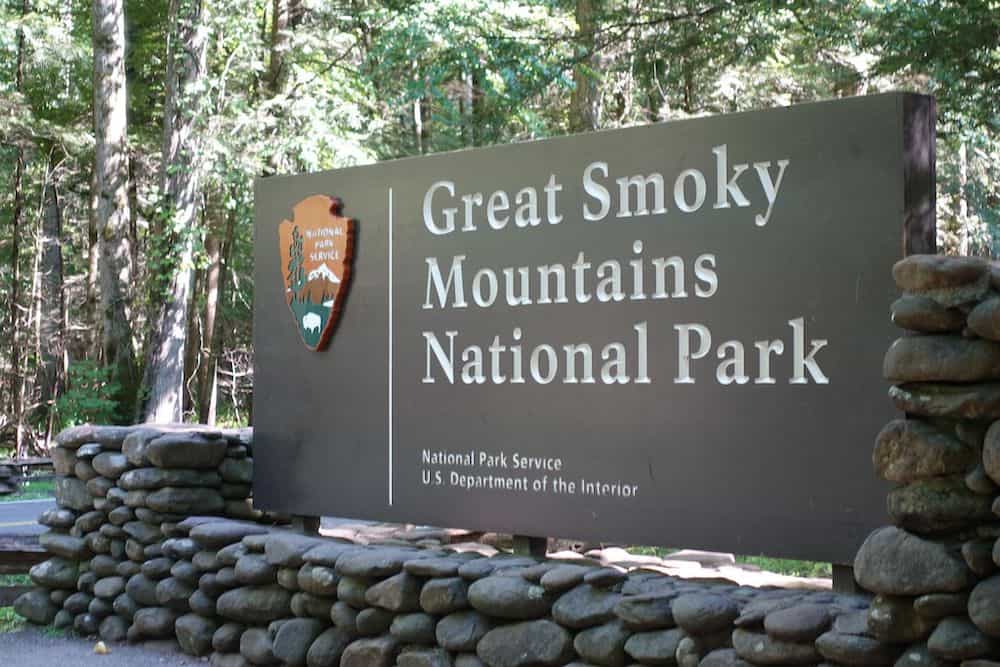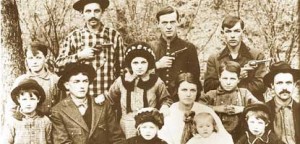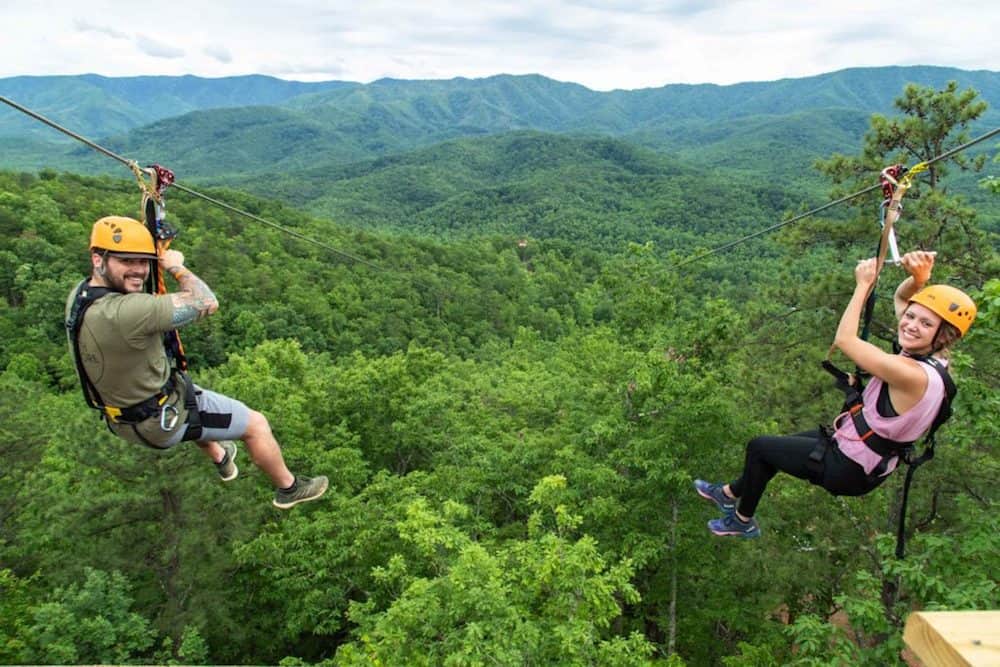
History Of The Great Smoky Mountains National Park
 In the 1700s, the Great Smoky Mountains were inhabited by the Cherokee Indians who were a very culturally advanced people. They had their own written alphabet and had permanent towns and intricate political systems in place. During the 1830s, however, the United States government forcibly removed the bulk of the tribe to Indian Territory which later became the state of Oklahoma. In the midst of this exodus, a Cherokee warrior named Tsali led a quiet revolt and stayed hidden with some of the other tribe members in an area that would later become the Great Smoky Mountains National Park.
In the 1700s, the Great Smoky Mountains were inhabited by the Cherokee Indians who were a very culturally advanced people. They had their own written alphabet and had permanent towns and intricate political systems in place. During the 1830s, however, the United States government forcibly removed the bulk of the tribe to Indian Territory which later became the state of Oklahoma. In the midst of this exodus, a Cherokee warrior named Tsali led a quiet revolt and stayed hidden with some of the other tribe members in an area that would later become the Great Smoky Mountains National Park.
As other settlers moved into the mountains, logging became a major industry here. A railroad line was constructed to transport timber from the area, but the process being used to harvest the trees, cut-and-run style clearcutting, was severely affecting the natural beauty of the region. People began banding together to help preserve the land. Even though Congress had previously authorized the establishment of a national park in the region, funds were not available to do it. Only after John D. Rockefeller, Jr., gave a contribution of $5 million did the park start to become a reality.
Creating the Great Smoky Mountains National Park was not exactly met with welcome arms from everyone because of tactics used to bring about the final result. This national park was not being created on land that the U.S. government already owned. In order to get the amount of land required, the government often condemned a landowner’s property and then took possession of the land. As a result of this procedure, the Great Smoky Mountains National Park contains within its present-day boundaries six churches, where homeowners attended services, and numerous cemeteries or burial grounds where Native Americans and former settlers are interred.
Several individuals played key roles in the eventual development that would later become known as the Great Smoky Mountains National Park. One of these individuals was Ann Davis who had visited many of the national parks in the western part of the United States in 1923 with her husband. Upon their return to Knoxville, Tennessee, both of them began to recruit advocates for the cause of establishing a similar park in the Smokies. Ann Davis even entered the political arena and was elected in 1924 to the Tennessee House of Representatives.
Perhaps one of the most effective means of winning people and funding to the cause of establishing the park was the use of photographs. A Japanese immigrant, George Masa, was likely the catapult that made the campaign successful. In the 1920s, he met Horace Kephart who wrote articles for magazines and newspapers in which he extolled the virtues of the natural beauty in the Smokies. Kephart’s writings advocated the need for preserving this amazing piece of nature by way of creating a national park. When added to Kephart’s moving words, the incredible photographs provided by Masa had a way of wooing and convincing the public to help raise the needed funds to make the park a reality.







